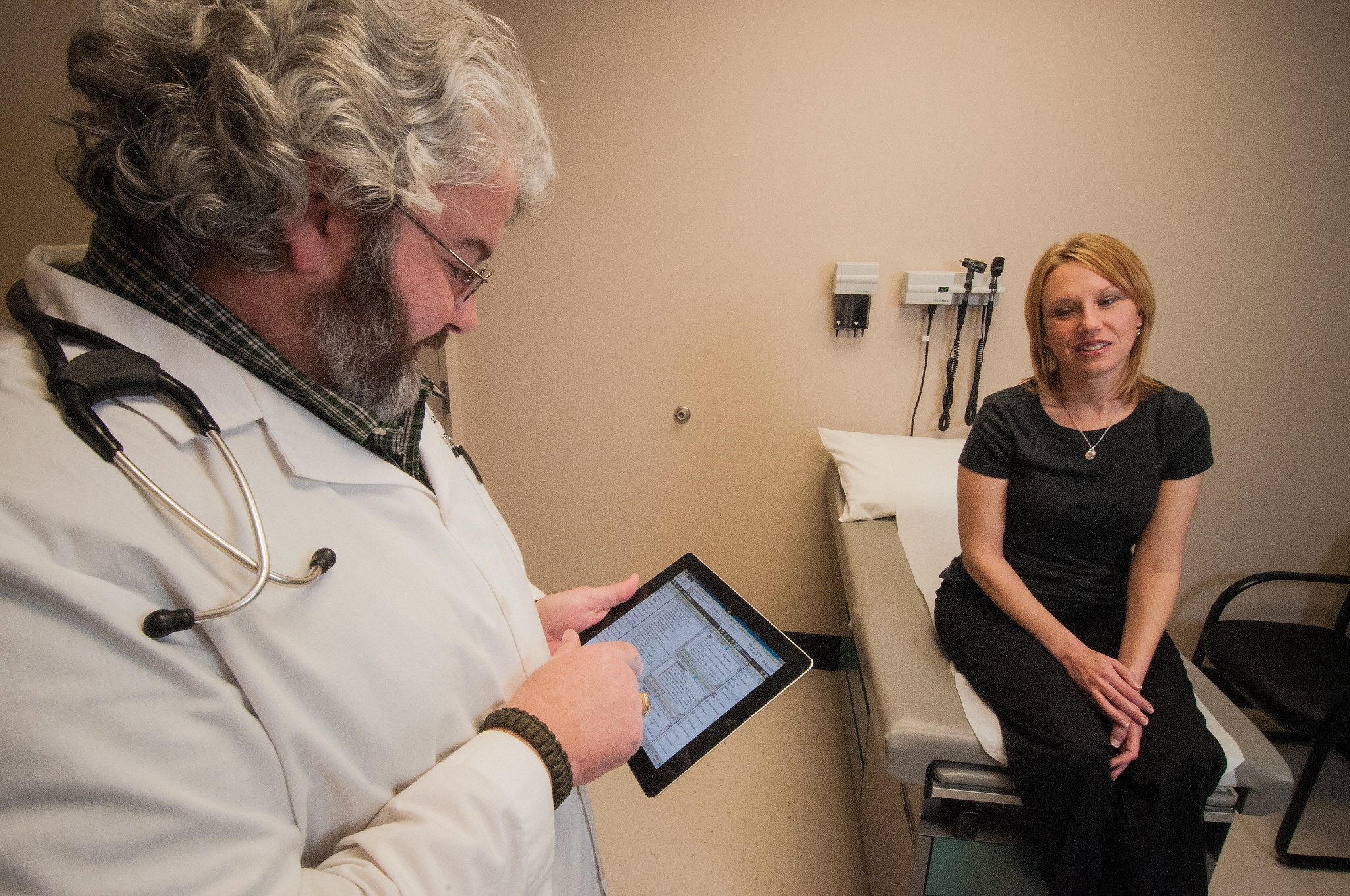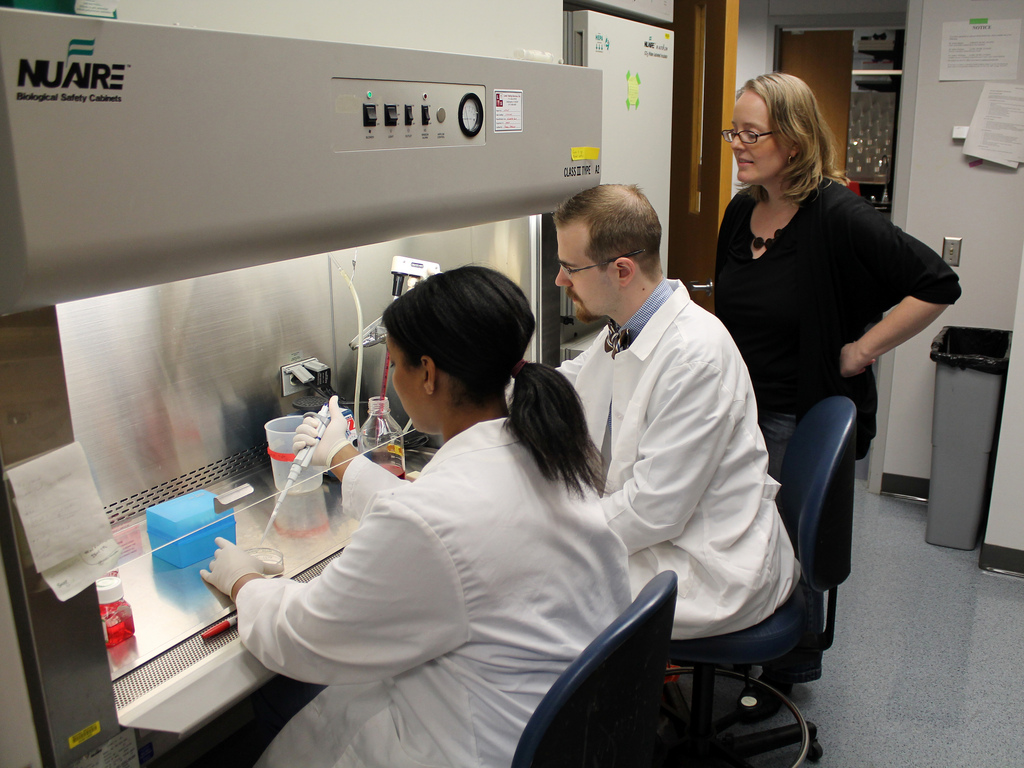As the complexity of clinical trial data grows, sponsors are leaning on technology to stay organized. The last decade saw an expansion of data management services aimed at accelerating and perfecting data collection and storage.
Existing clinical trial management systems are not without their faults. Results from a 2017 Tufts University survey indicated that CROs and sponsors face challenges such as long cycle times, high costs and an increasing number of trials (hence, more applications and processes to unify).
But these technologies are rendered useless if the end user (clinical research associates, analysts at trial sites or patients themselves) can’t figure it out to begin with.
“The ease of use of the applications that are developed for the clinical trial market is not [on par] with other direct-to-consumer marketplaces,” said Daniel Piekarz, Head of Healthcare & Life Sciences at DataArt. “User experience is a big issue especially when it comes to working directly with patients.”
Experts at the New York-based global technology consultancy work with clients to build customized solutions to manage, organize, display and analyze big data. The tech-savvy company works with companies in finance, retail, entertainment and more for over 20 years and has been in the business of healthcare and life sciences for the last ten.
Just as targeted treatments are sometimes superior to generalized treatments for patient care, customized solutions for data management could be more effective than a “one-system-fits-all” approach.
At DIA Global 2019, members of the company’s Healthcare & Life Sciences Practice team will present and demonstrate several of their proof-of-concept applications, designed to address specific problems in the clinical trial process.
Among them is an electronic patient reported outcomes (ePRO) tool specifically designed to enhance patient engagement, born out of a discussion with a CRO working on a pediatric trial.
It’s an animated child application that works like a game — even featuring a virtual squirrel companion, explains Piekarz. The app gives the child the role of the investigator, leaving it up to them to help the squirrel complete the clinical trial. By turning the clinical trial experience into a game, children become more engaged with the process. The child app is paired with an adult app, intended for parents to help monitor their child’s progress.


“By using these two applications together, you get better engagement with the caregiver (the parent) and you get the child to get more excited and interested in the clinical trial,” said Piekarz. What’s more, the application can be configured for all types of trials and end users. This application is a demonstration of what software solutions are possible.
“The unique aspect of this solution is it can be tailored to any age group, clinical trial or therapeutic area. It allows for multiple custom interfaces with the same backend,” continued Piekarz.
The group will also showcase an interactive data visualization tool for investigators as well as information and examples of how to improve the pharmacovigilance process.
In addition to boosting patient engagement, technology can improve the patient experience in other ways. For instance, they can help simplify the way patients find and get involved with clinical trials. This is a big problem in trials of rare diseases.
“The sponsor has a hard time finding enough patients because it’s a rare disease and the patients who have it are located all over the world in hard-to-reach areas,” said Piekarz. “[The costs of travel] can be stressful for patients.”
With virtual clinical trials, investigators can access patients that live in remote areas, who would normally not have access to the local investigator site. Virtual trials mostly rely on teleconferencing services and electronic data capture systems to run the trial. For trials that require patient-doctor interaction (taking measurements or biopsies), CROs can adopt a hybrid trial design.
According to Piekarz, the technology is there and ready to go; it’s risk-aversion that’s slowing its adoption in the industry. That is, if something goes wrong with a virtual trial, it could stall or delay trial completion. Currently, virtual trial designs are being optimized in observational studies.
With increasing pressures to speed study timelines and lower costs while accruing more data than ever before, a customized digital solution may be the answer CROs and sponsors have been waiting for.
“We try to tailor each of our applications specifically to the need at hand. With an off-the-shelf product, you have to tailor your process to the product versus the product being tailored to your process.”
Meet the DataArt team at Booth #917 at the Drug Information Association (DIA) Global Annual meeting in San Diego on June 24-26, 2019. Register for the conference here.













Join or login to leave a comment
JOIN LOGIN